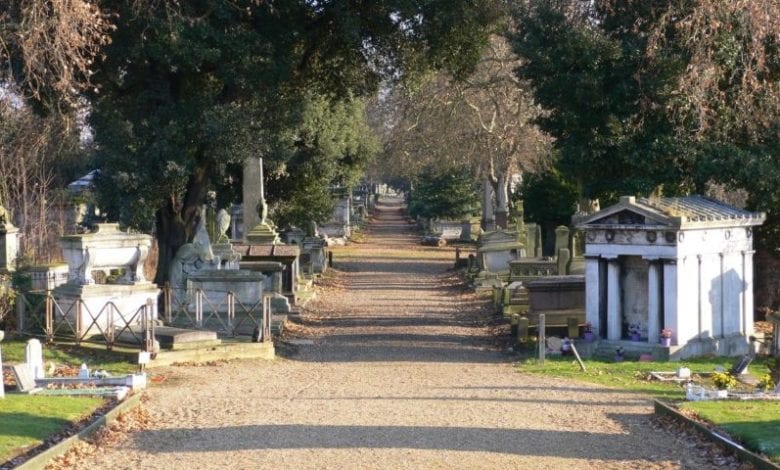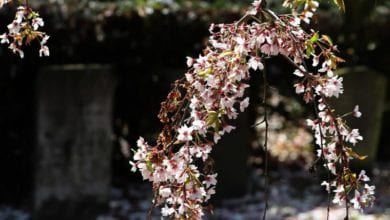Cemeteries around the world

Located in the London’s Royal Borough of Kensington and Chelsea, Kensal Green Cemetery became the first garden cemetery in the capital when it opened in 1833. The cemetery was the first of the ‘Magnificent Seven’ cemeteries brought to London by George Frederick Carden after he visited Paris and saw the example of Pere Lachaise as the way to solve the city’s desperate need for burial space.







